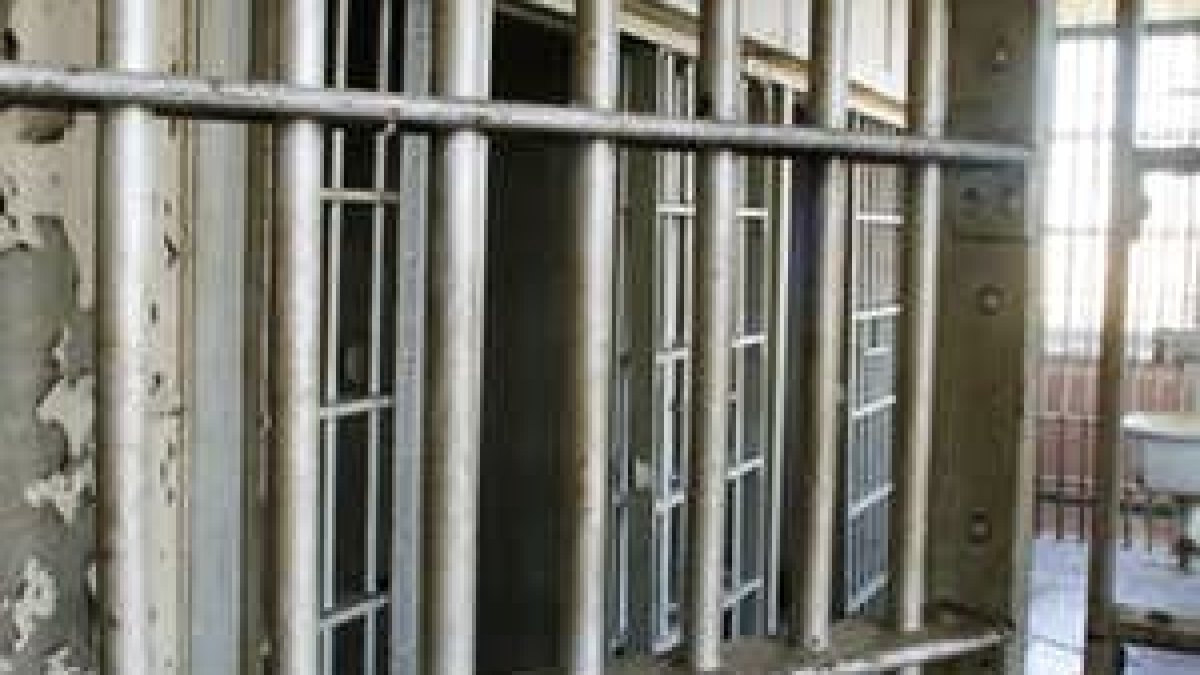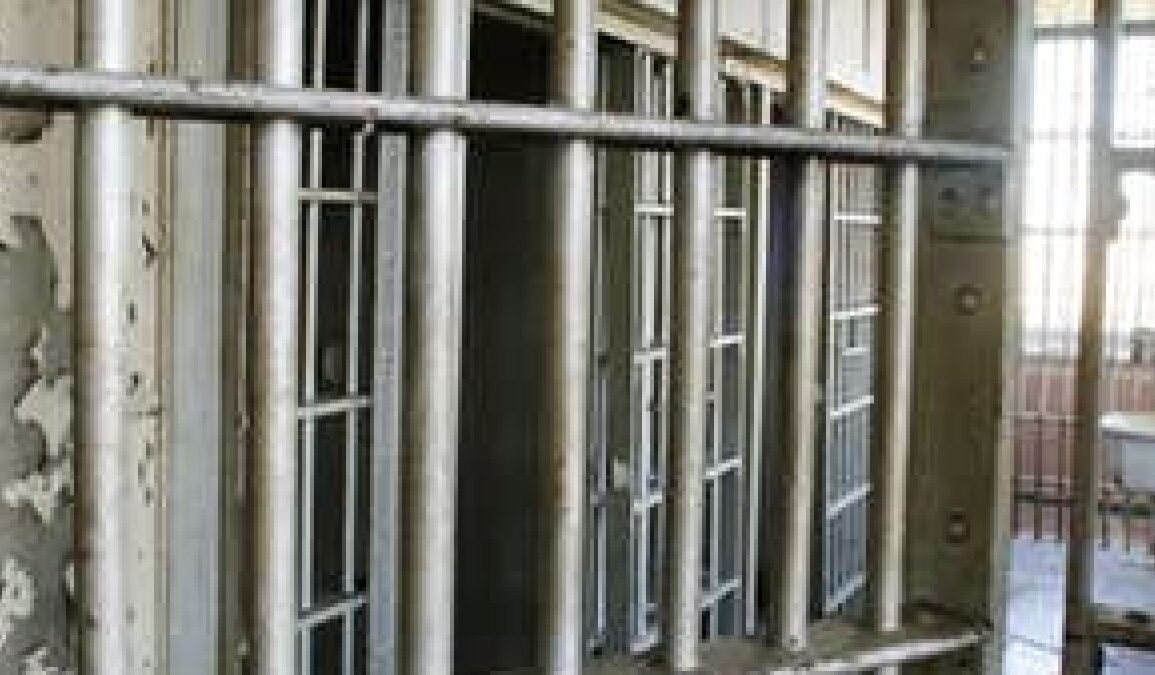
Los Angeles County will officially move to a zero-bail system today, ending the years-long standard of setting cash bail amounts for defendants commensurate with the severity of the crime they are accused of committing—a process critics say favors the rich while doing little to protect public safety.
But the zero-bail system has come under fire from hard-line law-and-order backers, who contend it removes accountability from the justice system by allowing the vast majority of people arrested to be quickly released from custody rather than kept in jail as they await charges and trial, unless they are accused of the most serious of crimes.
“Our communities have not been shy about telling us how nervous they are about this change,” county Sheriff Robert Luna told the Board of Supervisors last week, saying crime victims who see offenders immediately released from custody are left with little confidence in the criminal justice system. He said he understands the need to respect the constitutional rights of arrestees, but said zero-bail can demoralize deputies and police officers who
work hard to make arrests, only to “watch the offender walk away with a citation as the victim looks on in disbelief.”
But Supervisor Holly Mitchell said the zero-bail system taking effect Sunday does not mean criminals are escaping punishment for their offenses.
“It’s really dangerous for us to conflate bail with accountability,” Mitchell said, adding later: “Bail means I have the resources to pay my way out of jail.”
The zero-bail system, officially dubbed by the Los Angeles Superior Court as Pre-Arraignment Release Protocols, or PARP, largely eliminates the existing cash bail system for all but the most serious of crimes. Most people arrested on suspicion of non-violent or non-serious offenses will either be cited and released in the field or booked and released at a police or sheriff’s station with orders to appear in court on a specific date for arraignment once they are actually charged with a crime.
Arrestees who are believed to present a heightened threat to the public or be a flight risk will be referred to a magistrate judge, who will review the case and determine whether the person should be held in custody pending arraignment or released under non-financial restrictions such as electronic monitoring.
Once a person is charged and appears in court for arraignment, a judge could change or revoke the defendant’s release conditions.
On Friday, 12 Southland cities filed court papers in Los Angeles Superior Court seeking an injunction blocking implementation of the zero-bail system, arguing it will harm public safety. It was unclear when that legal challenge would be heard.
The new system is borne from long-held criticism that cash bail favored the rich, meaning well-heeled people arrested for even the most serious of crimes could pay their way out of jail, while low-income people languished behind bars for far lesser offenses. The new system is based not on cash, but on the risk an offender presents to public safety or the possibility the person might fail to appear in court.
The county implemented a zero-bail system during the COVID-19 pandemic in an effort to prevent crowding in jails. Then in May, a Los Angeles judge issued a preliminary injunction, essentially reinstating the system by ordering an end to cash bail by the Los Angeles police and sheriff’s departments.
The Los Angeles Superior Court in July announced plans for the PARP system, with Presiding Judge Samantha Jessner saying, “a person’s ability to pay a large sum of money should not be the determining factor in deciding whether that person, who is presumed innocent, stays in jail before trial or is released.”
But the idea of zero-bail has generated public safety questions — with some county supervisors noting Tuesday their offices have been swamped with calls from residents concerned about the system, particularly following a recent wave of mob-style smash-and-grab burglaries and reports of suspects in those crimes being arrested but then quickly released, only to commit new crimes.
Some residents told the Board of Supervisors the county should “think this through before implementing” it. Another claimed the zero-bail system implemented during the pandemic “didn’t work” and that other jurisdictions that have tried it saw jumps in crime.
But others spoke in favor, calling suggestions that crime will increase “fearmongering” and accuse opponents of manufacturing statistics in an effort to “sustain the current policies that do not work.”
A report prepared by the county last year analyzing the impacts of the pandemic-era zero-bail policy concluded that “rates of failure to appear in court and of rearrest or new offenses remained either below or similar to their historical average.”
The Judicial Council of California also released a recent report finding that a risk-based zero-bail system actually led to increased public safety, with a 5.8% drop in people being rearrested for misdemeanors and a 2.4% decrease in people being rearrested for felonies.
David Slayton, the CEO of Los Angeles Superior Court, told the Board of Supervisors that those percentages may seem small, but they represent an “impactful reduction in the re-arrest rate.”
Echoing Mitchell’s comments, Slayton flatly denied the new system means there are no consequences for crime, noting that people who fail to appear in court, re-offend while on release, or violate their release conditions will be subject to arrest and jail.
“There are consequences for illegal behavior,” he said, noting that the idea of bail has always been to ensure people show up in court, not to punish people, and a risk-based decision on pre-arraignment detention serves
the same goal.
Officials noted that the zero-bail system affects only pre-arraignment or pre-trial custody decisions on arrestees who are — by law — presumed innocent until conviction. Those who are later convicted will be sentenced as usual.
Mitchell noted that while it is upsetting when a person released on zero bail commits a new crime, it’s equally upsetting when that crime is committed by a person who was released on cash bail solely because they had the money to get out of jail.
Supervisor Janice Hahn conceded the concern circulating among the public about the new system.
“This new bail schedule certainly is an attempt at justice reform, which I think we’ve all been pushing for, but it is so different, and “it’s causing concern and anxiety out there, not only from law enforcement but also from our communities,” she said. “And I can’t be the only one whose office is inundated with calls, and when I’m out publicly, I have people approaching me who are very concerned about this.”
Supervisor Kathryn Barger also said her office was hearing from concerned constituents.
“Residents don’t feel safe. One only has to turn on the TV each morning and hear what happened the day before, whether it be a smash-and-grab, a carjacking, a burglary, or an armed robber.”
Barger said she fully understands the problems with cash bail, but it’s a matter of how to explain to the public what the new system is working to accomplish and “how are we going to make sure that criminals out there don’t feel there are no consequences.”
This post was originally published on this site be sure to check out more of their content.







